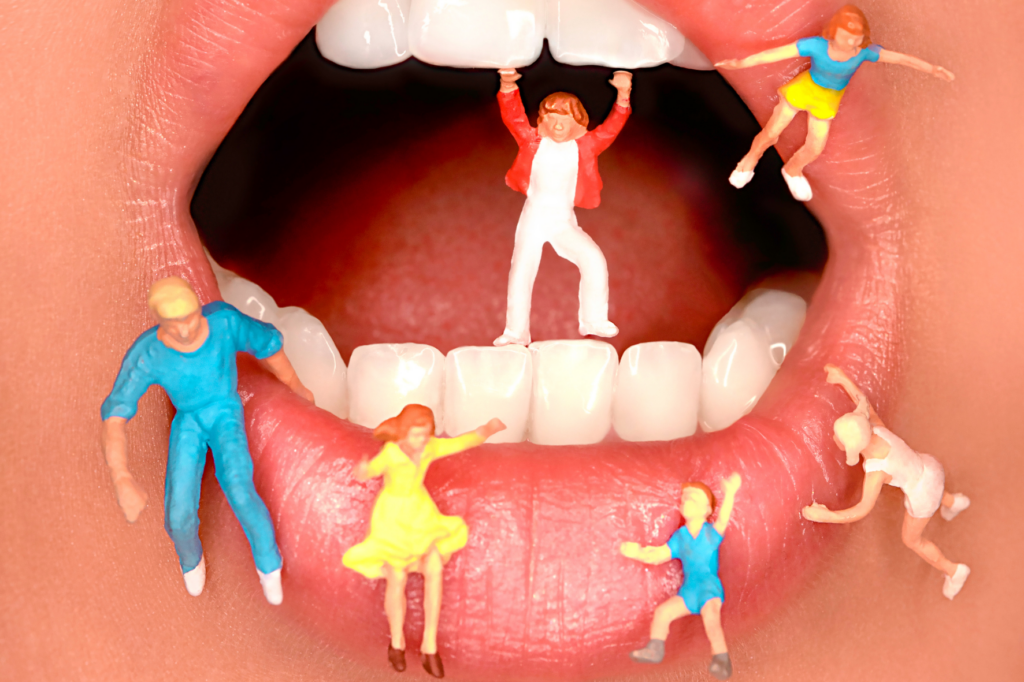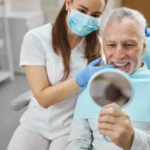As a family dentist in Aloha, the team at Slater Family Dental knows just how close things can get with your loved ones. Especially when everybody is living under the same roof. Colds and coughs get passed around, and an illness for one means trouble for all.
While the occasional virus or cold bug isn’t all that unexpected. A new study suggests that even harmful oral bacteria can be easily spread among family members. The study found evidence that children contract Streptococcus mutans. This bacteria is most closely associated with cavities, from intra- and extra-familial sources other than mothers.
The Spread of Germs
Typically kids have more than one strain of S. mutans and the majority share at least one strain of the bacteria with their mother or another family member. However, 72 percent of kids involved in the study had 1 or more S. mutans strains not found in any member of the home. Indicating the strains probably came from outside of the home, possibly from other kids in the community.
The Mutans theory on transmission suggests a mother-to-child transmission as the primary route of infection. But in this study, 40 percent of the kids tested shared no strains with the mothers. Explained researchers from the University of Alabama-Birmingham that conducted the study. Surprisingly, 27 children (22.8 percent) shared 37 strains only with another child in the home (brother, sister, or cousin). This again suggests another dimension to inter-familial transmission.

Of the kids who did not share strains of S. mutans with any other member of the family, 33 percent were found to have only 1 isolate. Suggesting these strains to be rather rare or transient. This carries significance since it suggests that nearly one-third of strains analyzed may not actually be clinically relevant. It also can confuse researchers when looking for strains related to the disease. It also suggests these strains are easily transmissible but do not become overly common because of excess bacterial competition.
The Danger of S. Mutans
S. mutans is the main bacteria most frequently associated with cavities and is considered to be transferred from human to human. In total, S. mutans were isolated and tested among 119 children who had at least one household family member tested as well. More than one family member was tested for 76 percent of the kids in the study. In addition to testing adults in the home, the study also compared the samples among the kids. Most kids interacted with each other at school or in the community.

Researchers determined the strain types of the S. mutans by using a bacterial typing method known as repetitive extragenic palindromic PCR. For each type of recorded PCR, the kids were evaluated as either sharing or not having the strain with any household member.
While the data derived from the study suggested that S. mutans are typically acquired through mother-to-child interactions. The current study discovered the importance of child-to-child transfer when considering the risk of dental caries, prevention, and treatment strategies.
What this study suggests is a need to better monitor a child’s oral health. This ensures that no long-term damage will occur. Your family dentist in Aloha will be here to help.




